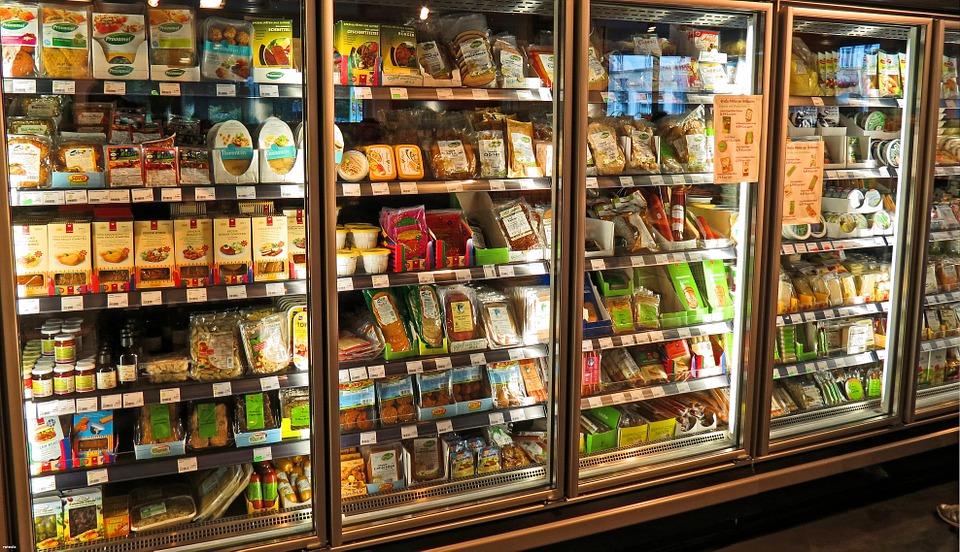Note that your final mark will not be saved in the system.
Buying and storing food GapFill
You must fill all the gaps before clicking ‘Check Answers!’

When buying foods, it is important to check its quality and fitness for consumption. checks are the quickest way to tell if food is safe to eat, for example checking for any discolouration, bruising or visible mould, or for shiny scales and clear eyes on fish. Smell checks are also an easy way to check fitness for consumption; any off or unpleasant smells are clear indicators of spoilage - though some foods, such as blue cheeses and durians, may have a strong odour but still be safe to eat. Fruit and vegetables can be picked up and gently squeezed to check their ripeness - under-ripe fruit will be hard, will overripe fruit may be very soft.
Correct of food can help to prevent spoilage, bacterial contamination and -contamination between non-allergens and allergens. Spoilage refers to decay and decomposition of food items. Food that has decayed or is in the process of decaying may lose some or all of its value and not be fit to consume.
Always remember that food storage areas must be . Food must be covered and stored at the correct to prevent it from being in the zone. Food should be well covered and stored off of the , areas should be free from and drainage should run away from food. For instance, using fridges and is the correct way to store many foods. Food that is stored should be labelled using appropriate dates, such as best before and by dates, as well as with any allergens present in the food. Finally, food storage should be well-lit so that damage, signs of and spoilage can be clearly identified.